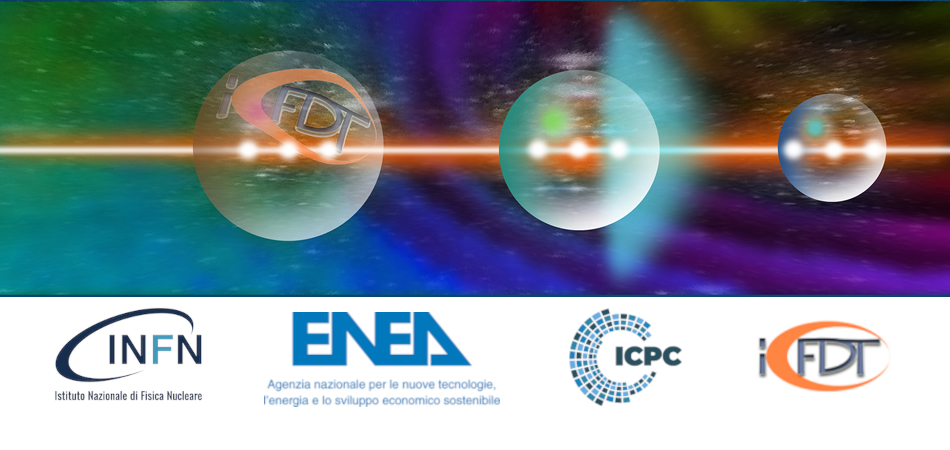Speaker
Description
It is well-known that in tokamaks, measuring electron temperatures in the plasma core can become problematic when certain values are reached, typically exceeding 6-8 keV [1]. Discrepancies often arise between the values provided by different diagnostics, such as Thomson Scattering and Electron Cyclotron Emission (ECE), which are expected to agree. Accurate and reliable determination of electron temperature, especially in high-temperature scenarios, is crucial for the development of future reactors like ITER and Demo (with ITER's core plasma expected to have an electron temperature of about 25 keV at the center) [2], as well as for the Chinese Fusion Engineering Test Reactor (CFETR) [3], where conditions in which discrepancies in electron temperature measurements are most pronounced. Resolving this diagnostic issue is crucial for understanding important aspects of plasma physics in the core and beyond [4]. Recently, further studies on this topic have yielded substantial results and clarified several aspects. Current research focuses on the possible causes of the local non-Maxwellian shape of the electron energy distribution function, which is at the root of these discrepancies [1,4]. Ongoing research by various groups working on magnetic confinement machines worldwide aims to address this long-standing issue within the framework of an ITPA initiative.
This paper proposes a method to compare data collected from different machines using a code (currently under development) based on the previous one employed for the analysis of JET data [1]. The goal is to facilitate comparisons under consistent conditions, irrespective of machine-specific factors such as dimensions, fields, and equilibrium coordinates. The code addresses several critical aspects, including the positions of measurements (i.e., the plasma position relative to the diagnostics' lines of sight), the involved volumes, and other controls to ensure uniformity of results during multi-shot analyses. These controls encompass acquisition rate/resampling, data interpolation, and equilibrium reconstruction codes.
[1] – M. Fontana et al – PoP 2023
[2] ITER Physics Basis Editors et al 1999 - Chapter 1: Overview and summary - Nucl. Fusion 39 213
[3] J. Zheng et al. – The Innovation – 2022
[4] G. Giruzzi et al. IAEA ctr n.1636

